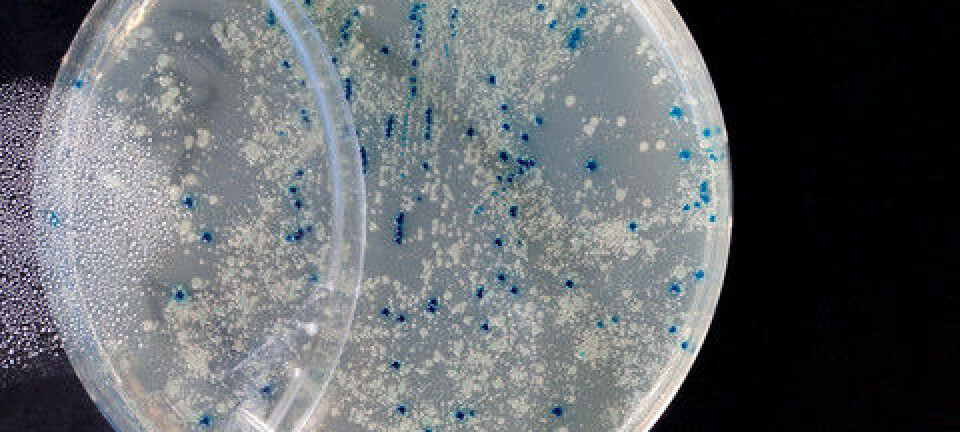
DNA sequencing reveals how tuberculosis epidemic spread
Scientists describe how a deadly tuberculosis strain came to ravage the entire world.
Tuberculosis (TB) is one of the oldest known infectious diseases in the world. Every year it kills around 1.3 million people worldwide.
An international team of scientists have now mapped how a predominant strain of tuberculosis, Mycobacterium tuberculosis, spread across the world in different variations.
By sequencing 4,987 TB DNA samples from a total of 99 countries, scientists are now able to understand the spread and genetic development of the deadly bacteria.
The results were recently published in Nature Genetics.

"I think it's incredibly interesting. With this, we can understand the relationship between TB and certain events in human history”, says Christian Wejse, consultant at the Department of Infectious Diseases at Aarhus University Hospital and associate professor at the Department of Public Health at Aarhus University.
Wejse did not participate in the study, but has previously done studies on TB spread during civil war in West Africa.
TB hitched a ride with Chinese migrants
The scientists looked at the Beijing-strain of tuberculosis which dates back 6,600 years to Central China.
The Mycobacterium tuberculosis belongs to this strain and is a very common type of TB.
The study can tell us something about how TB adapts to the things that happen in society
Troels Lillebæk
With Chinese migration, TB spread to the rest of Asia, Europe, and America.
“It is interesting that you can see how the industrialization, World War 1 and HIV has led to changes such as variations of TB,” says Troels Lillebæk, head of department and consultant at the International Reference Laboratory of Mycobacteriology at Statens Serum Institut, who provided the Danish TB-samples for the research project.
The Industrial Revolution, the First World War, the extensive use of antibiotics in the 1960s, and the HIV epidemic in 1987 have created beneficial conditions for the bacteria to spread.
The main reason why the industrialization had this effect was that people moved together into small, cramped spaces in the cities. Being highly contagious, the bacteria infected far more people under these new conditions.
TB bacteria has changed
As TB has spread throughout the world it has gradually changed its genetic make-up. To understand this better, the scientists have compared the genetic heritage of the different variants of TB-strains.
"From the samples, the scientists have been able to see that two out of seven of the TB variants are very old” says Lillebæk.
The scientists can conclude this because the variation in the DNA is very large compared to the bacteria that, for example, spread during the Industrialization.
“These bacteria have much less variation which means they spread within a few hundred years”, says Lillebæk.
Lillevæk explains that the study confirms the suspicion that scientists have had in terms of how TB spreads and the conditions in which it thrives.
"The study can tell us something about how TB adapts to the things that happen in society”, he says, “In times of war and famine, we can except to see more TB”.
Mistreatment has created multi-resistant TB
Before antibiotics there were no multi-resistant TB-types. Certain social and historic conditions have resulted in their development in places were there have been no appropriate guidelines.
According to Wejse, doctors in Eastern Europe use an insufficient number of antibiotics. The result of this has been multi-resistant bacteria.
He emphasizes the need for better health structures in areas where TB is a major problem. “Good treatment is vital to prevent resistance”, he says.
---------
Read the original story in Danish on Videnskab.dk
Translated by: Louisa Field











